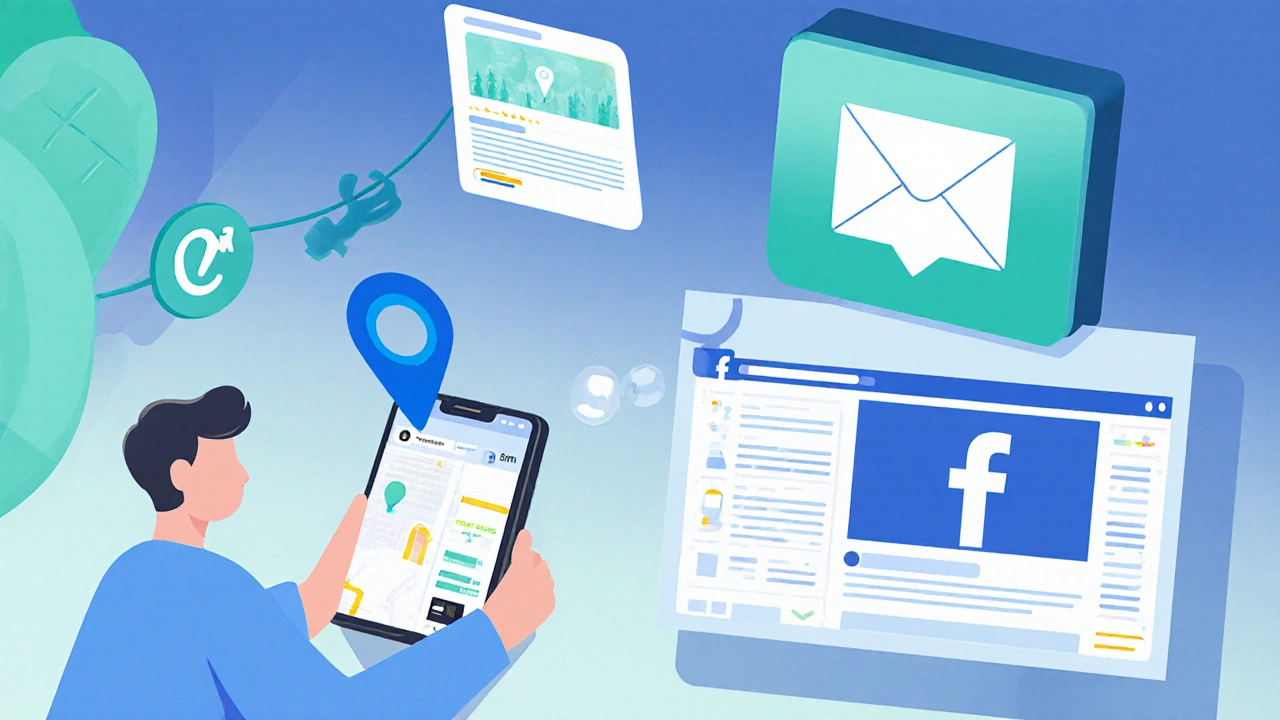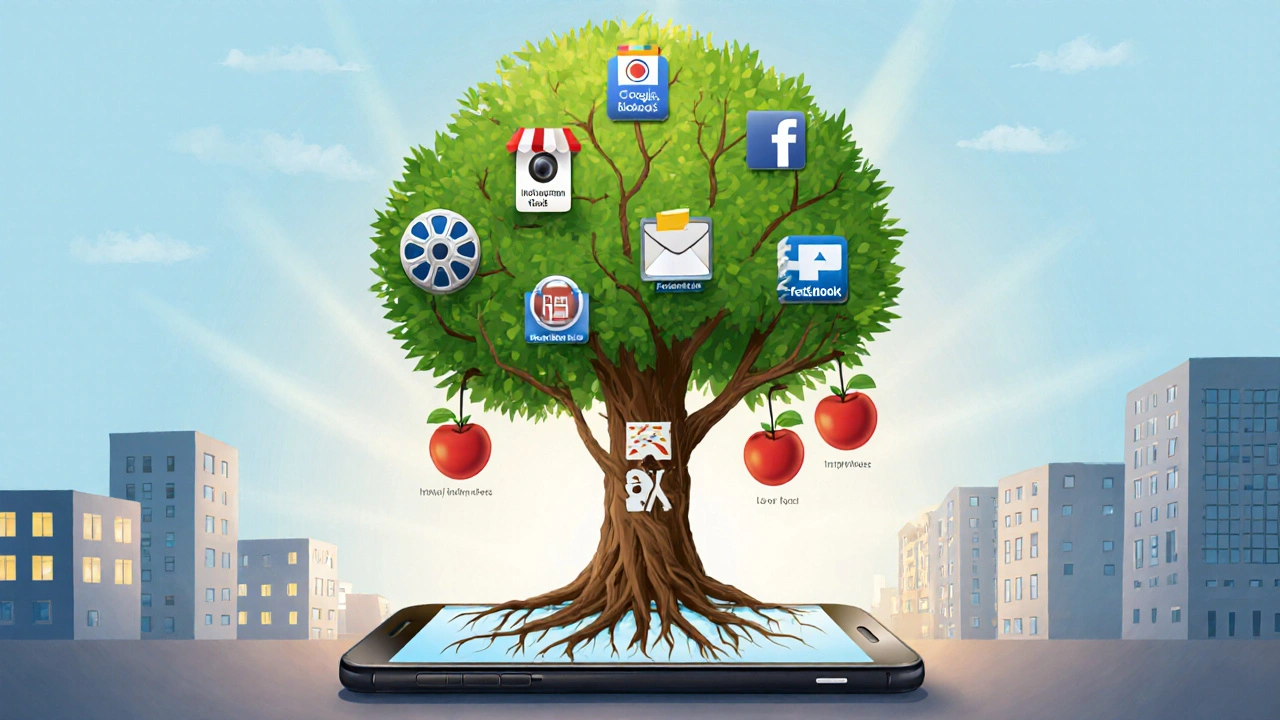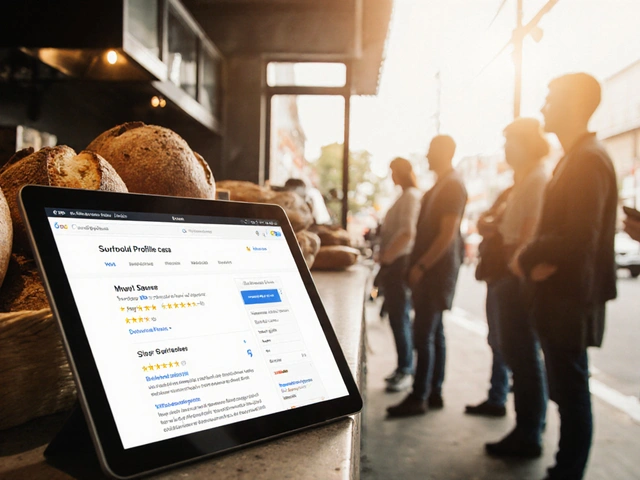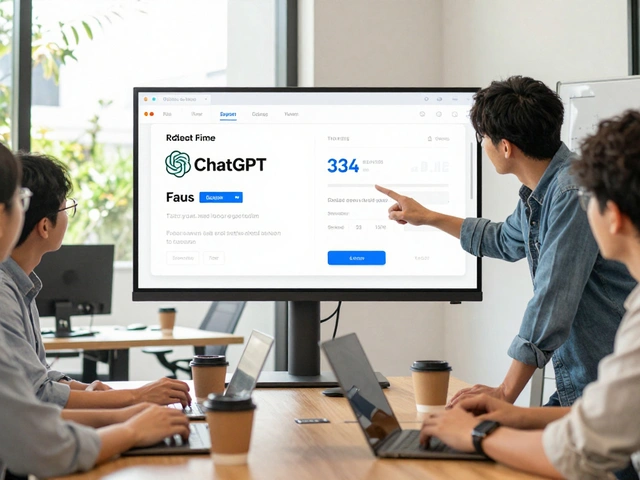Digital Marketing Budget Calculator
How Much Should You Spend?
Your Digital Marketing Plan
Most small business owners think digital marketing is for big brands with huge budgets. That’s not true. In 2025, a single Instagram post or a well-timed Google ad can bring in more customers than a year of flyers and local radio ads. The tools are cheaper, smarter, and more accessible than ever. You don’t need a marketing team. You just need to know where to start.
Why Digital Marketing Works for Small Businesses
Think about how you shop. Do you search for a plumber on Google? Check Instagram for a local coffee shop? Read reviews before buying anything? That’s exactly what your customers do. Digital marketing puts your business right where they’re already looking.
A 2024 study by the Australian Small Business and Family Enterprise Ombudsman found that 78% of small businesses using digital marketing saw growth in the past year. Those who didn’t? Most stayed flat or lost customers to competitors who showed up online.
It’s not about being flashy. It’s about being found. When someone in your neighborhood types “best hair salon near me,” you want your business to be the first result-not buried on page five.
Four Digital Marketing Tools That Actually Work (No Fluff)
You don’t need to do everything. Focus on these four. Master them, and you’ll outperform 90% of local competitors.
- Local SEO - This is your free billboard on Google. Claim your Google Business Profile. Add photos. Get real reviews. Make sure your hours, phone number, and address are correct. If you’re not showing up in Google Maps, you’re invisible.
- Social Media Marketing - Pick one platform where your customers hang out. For restaurants, it’s Instagram. For plumbers, it’s Facebook. For B2B services, it’s LinkedIn. Post three times a week. Show your work. Answer comments. Be human.
- Email Marketing - People forget you. Email keeps you top of mind. Collect emails at checkout. Send a weekly update: new products, special offers, behind-the-scenes clips. Open rates for small businesses average 25-40%. That’s way higher than any ad.
- Simple Paid Ads - Start with $5 a day. Facebook and Google let you target people by location, age, and interests. Run an ad for a $10 discount on your first service. Track clicks. See who converts. Adjust. Repeat.
Real Example: How a Brisbane Bakery Doubled Sales in 6 Months
Emma’s Bakehouse in Fortitude Valley had steady foot traffic but wasn’t growing. They spent $200 a month on flyers. Results? Two new customers a week.
They switched tactics:
- Claimed and optimized their Google Business Profile with 15 photos of cakes, staff, and the shop.
- Started posting daily Instagram Reels showing cake decorating - no fancy lights, just their phone.
- Offered a free cupcake with any online order over $30.
- Used Facebook Ads to target people within 5km who liked baking pages or food blogs.
Six months later, their online orders tripled. Walk-ins increased by 40%. Their monthly revenue went from $8,000 to $16,500. They didn’t hire anyone. Just used free tools and spent $150 on ads.

Common Mistakes Small Businesses Make
Most fail not because they lack money - but because they lack focus.
- Posting everywhere - Don’t try to be on TikTok, Instagram, LinkedIn, and YouTube. Pick one. Do it well.
- Ignoring reviews - A single negative review you don’t respond to can scare off 10 customers. Reply to every review. Thank people. Fix problems publicly.
- Waiting for perfection - Your first Facebook post doesn’t need to go viral. Just post. Learn. Improve.
- Not tracking results - If you don’t know what’s working, you’re guessing. Use free tools like Google Analytics or Facebook Insights. Check weekly.
What You Need to Get Started (No Tech Skills Required)
You don’t need to be a tech expert. Here’s your starter kit:
- Google Business Profile - Free. Set up in 15 minutes.
- Canva - Free design tool for social media posts, flyers, and email headers.
- Mailchimp (Free Plan) - Send up to 500 emails a month for free.
- Facebook & Instagram Business Suite - Manage ads and posts in one place.
- Google Analytics - See how many people visit your website and where they come from.
That’s it. No subscriptions. No expensive software. Just time and consistency.

How to Measure Success (Without Overcomplicating It)
You don’t need fancy dashboards. Track three things every month:
- Website visits - Are more people finding you online?
- Phone calls or messages - Are people reaching out after seeing your post or ad?
- Sales from online promotions - Did your discount code or Facebook ad bring in new customers?
If those numbers go up, you’re winning. Don’t worry about likes, shares, or followers. Those are vanity metrics. Real business grows when people pay you.
What Comes Next? Keep Building
Digital marketing isn’t a one-time fix. It’s a habit. Start small. Do one thing well. Then add another.
After three months, try:
- Running a customer referral program
- Partnering with another local business for a joint offer
- Creating a short video series showing your process
The goal isn’t to become the next Nike. It’s to become the go-to business in your area. People trust local. They remember names. They come back.
You don’t need to be the biggest. Just the most visible.
Do I need a website for digital marketing?
Not always, but it helps. If you’re a local service like a plumber or hairdresser, your Google Business Profile is enough to start. But if you sell products or want to build trust, a simple website (even just five pages) makes you look professional. Use free tools like Canva Websites or Carrd to build one in a day.
How much should I spend on digital marketing?
Start with $5-$20 a week. That’s less than a coffee a day. Use it for Facebook or Google ads targeting your local area. Once you see what works, scale up. Most small businesses spend under $200 a month and see strong returns. The key is testing, not spending big.
Is social media really worth it for small businesses?
Yes - if you use it right. Social media isn’t about posting cute photos. It’s about building relationships. Answer questions. Show your process. Be real. A bakery that posts daily Reels of cake decorating gets more engagement than a florist with 10,000 followers who only posts once a month. Consistency beats reach every time.
How long does it take to see results?
You’ll see some results in 2-4 weeks - like more website visits or a few new messages. Real growth takes 3-6 months. Digital marketing is like planting a tree. You don’t see roots growing, but they’re there. Keep watering. Don’t give up after a month.
Can I do digital marketing myself?
Absolutely. Most small business owners do. You don’t need a degree. You need time and willingness to learn. Start with one tool. Watch a 10-minute YouTube tutorial. Try it. Make a mistake. Fix it. Repeat. The best marketers aren’t the most talented - they’re the most consistent.
Final Thought: You’re Already Close
You know your business better than anyone. You know what makes your product special. You know your customers’ names. Digital marketing just gives you a louder voice. It doesn’t change who you are. It just helps more people find you.
Start today. Not tomorrow. Not next week. Today. Claim your Google profile. Post one photo. Send one email. That’s enough. The rest will follow.




Write a comment